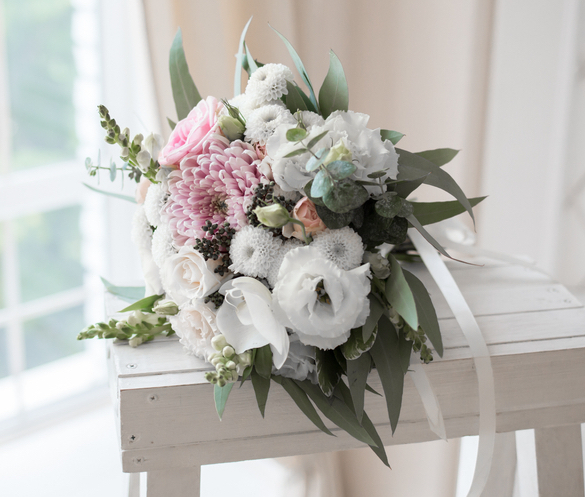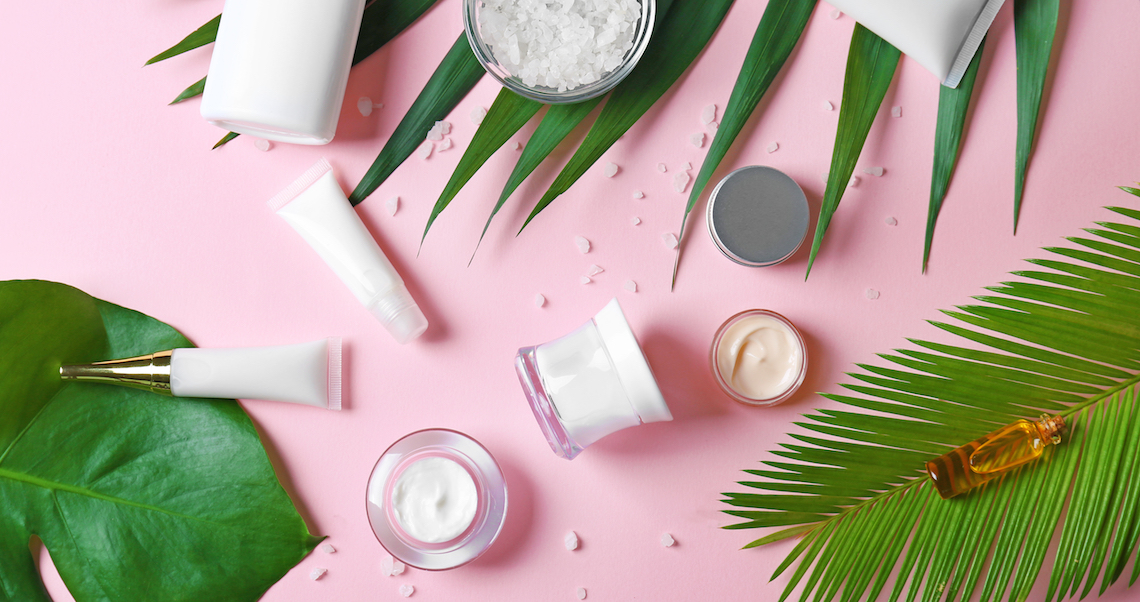Judging from all the “gifts to give yourself” guides out there this season, I gather I’m not alone in treating December as “spend yourself blind” month. (Also: go get the Skin Laundry facial that list recommends; it’s amazing.) And what better way to spend a sh*t ton of money invest in yourself than by amping up your skincare routine? In the past two weeks, I’ve added a serum, a facial oil, and an “elixir” to my fairly basic four-step routine. But within twelve hours of my exciting new purchases, I realized I had no idea how to use them correctly. Skincare products all tend to list “apply daily to clean, dry skin,” but that’s about it. So, in an attempt to not waste my new goodies, I actually sat down and researched. Here’s what I’ve learned about the best order for your skincare routine.
Step 1: Cleanser
All authorities I consulted concurred on this. The first step in any skincare routine should be cleaning your face. If this strikes you as surprising, then I have the perfect gift for you. Enjoy!
Step 2: Toner
Byrdie offers a little dissent here, suggesting that Step 2 should be exfoliator, not toner. However, my skincare-savvy readers will know well that not all skin types require and/or take well to regular use of an exfoliant. And very few exfoliants are suitable for anyone for daily use. (You can go shave your back now Byrdie!) Anyway, exfoliate if you need to, but consider it part of the cleansing step of your routine. Toner then clears away any remaining makeup/product, as well as doing whatever else the bottle promises (tightening pores, evening skin tone, giving you eternal life, etc.).
I’ve written more about toner types here, but Cosmo offers a key tip I’ll include. If your toner contains an AHA (like glycolic acid or lactic acid) or BHA (like salicylic acid), you’ll want to wait a “full five minutes” before moving on to your next step. Otherwise, you’ll neutralize the acids, rendering the active ingredient useless. (Moment of silence for all the toner I’ve wasted on my face please.)
Me @ my toner:

Step 3: Serums/Eye Cream
Once again, all my sources voted to use a serum as step 3. Cosmo describes serums as “shots of extremely concentrated nutrients, hydrators, and antioxidants.” Like with toner, you’ll want to pick the specific one based on your skin’s needs. The one I’ve recently invested in contains Vitamin C, a common dermatologist recommendation. But you can also use different serums in the morning and at night, in which case you could swap in a hydrating serum at night. Again, all depends on your skin.
Eye cream, which I’ve realized over the course of my research is still lacking in my skincare routine, is a slightly more conflicted issue. Cosmo says to apply after serum and before moisturizer, since eye cream “tends to be lighter and thinner,” and can’t “penetrate thicker products,” AKA your moisturizer. Dermstore suggests using it before serums in the morning, but after serums at night. (And it stresses the importance of applying twice daily from a young age—good thing I have endless money and time, am I right??) For Dermstore, the key thing is to apply eye cream before your “treatments” (more on that in a minute), to “protect your eye area against potent ingredients.” Both of these rules make logical sense to me, so if your serums has potentially irritating ingredients, do eye cream first. And def do it before moisturizer.
Side note: this research has also convinced me that I’ve been applying my new serums at the wrong time, in addition to neutralizing my toner.

Step 4: Treatment
If you’re thinking “treatment? what’s that?” you either have perfect skin and I hate you, or you need to get to a dermatologist ASAP. “Treatment” can refer to a spot treatment (active ingredients will vary depending on whether you’re treating acne scars or regular old pimples), or prescription treatments for acne or rosacea. (For example, I use my Finacea foam for rosacea during this step—though for the past two weeks I’ve been using it before my serum. Ugh.)
Dermstore again recommends different things for your night routine here. At night, they suggest you add any “mists, essences, beauty waters, or hydrating (hyaluronic acid) serums” to your toner step—applying “from thinnest to thickest.” (I can’t really begin to wrap my head around what those products are, but Dermstore sums them up as “skin care boosters” whose purpose is “mainly to hydrate.” Cool.) Then, Dermstore recommends chasing your nightly eye cream with whatever treatment serum your skin needs that night. So, not just blindly slathering on every product you own (strike three for me).
Specifically, they advise against using an exfoliating treatment (AHA/BHA pads, peels) the same night as any prescription meds or retinol creams, since the potency can quickly become irritating. And they recommend using an exfoliating treatment no more than three times a week. In simpler terms, it sounds like alternating a prescription treatment or retinol with an exfoliating treatment is the best way to go.

Step 5: Moisturizer/Face Oil
Once you’ve gotten to moisturizer, you know you’re nearly there. (Good job! Now you just have a 16-step makeup routine to get through). For your nighttime routine, Dermstore recommends adding face oil before your moisturizer, with the warning note that “if you are using the right moisturizer…nothing is going to get through it.” Cosmo, however, vehemently disagrees, stating “no products can penetrate an oil, which means they need to be applied last.” Cosmo also recommends putting a retinol-based product between moisturizer and face oil, while Dermstore lumps in retinols with your pre-moisturizer treatments. One of my new products is a face oil that contains retinol, so no matter what I do I’ll be f*cking up one of these rules.
My best advice here is to try it both ways (the order of your oil/moisturizer/retinol), and see what feels best to you. Since oils and moisturizers vary in thickness and active ingredients (and everyone’s skin is different!), do whatever feels best for your face. In my case, I’ve found that mixing the face oil with moisturizer is most effective for absorbing both products.
Step 6: Sunscreen
This is a morning-only rule, obvs, but it’s also one you need to follow every single day. Is it annoying? Yes. Does it feel like it will solve all your problems, like serums and essences do? It does not. But just do it, because otherwise you’ll get dark spots and sun damage that only a laser can fix. And that’s way more expensive than even the fanciest sunscreen option.
Hilary Duff may not be able to name babies, but she can still give good skincare advice!

What have I learned from this article? Well, I’ve wasted at least $50 of skincare products in the past week, that’s for sure. And my vague inkling that I was loading on too many products every day was validated. My final note here is that if any of this advice goes against what a dermatologist has told you—go with the dermatologist. My dermatologist gave me the simple outline of “cleanse, treat, moisturize, sunscreen,” and actively warned me against incorporating anything else. It’s only because I’ve followed her advice faithfully for six months that I feel comfortable building back in other products. So, listen to your doctor, listen to what your skin tells you, and if you have an eye cream you like, hit me up in the comments—I’ll be spending the rest of my afternoon shopping.
Images: Shutterstock; Giphy (4)



















































